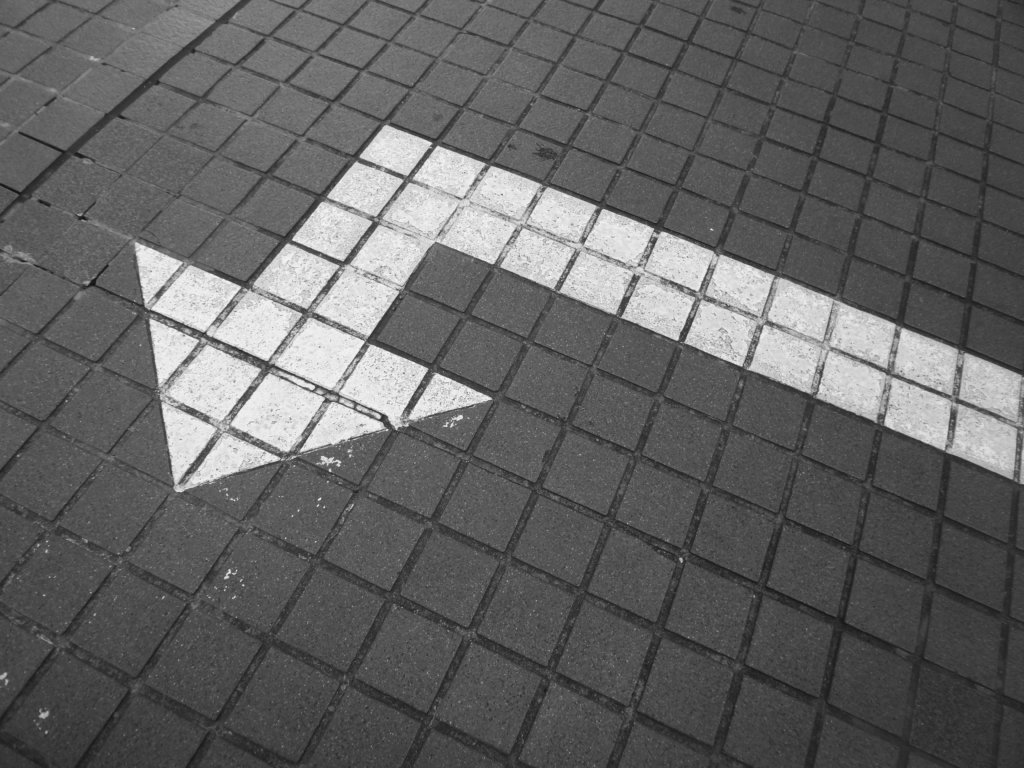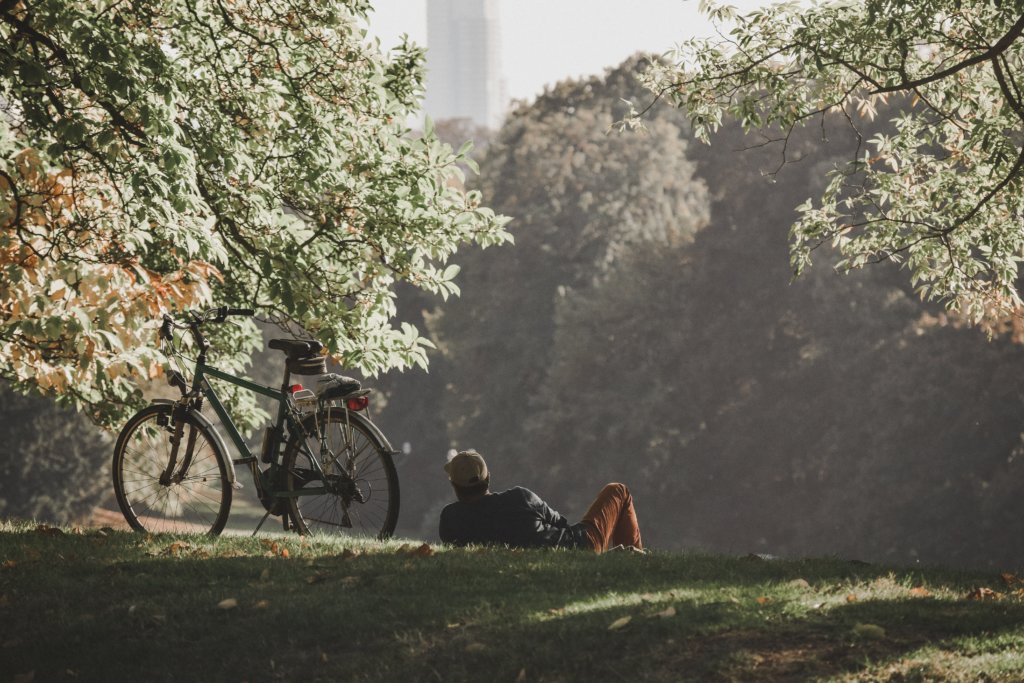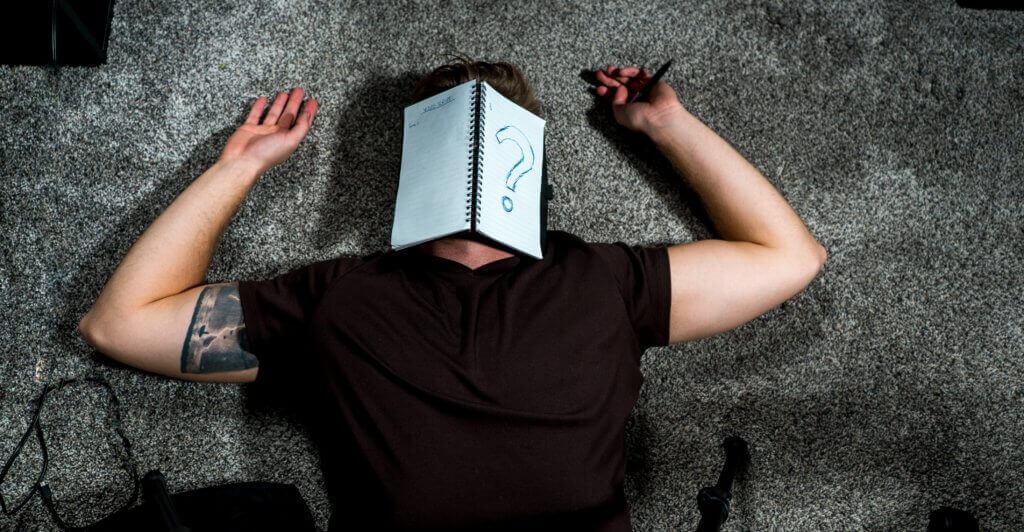It’s been another long day.
You’re feeling drained, but you still have that list of tasks to complete before the end of the day and a major deadline coming up next week.
Can you really keep working like this month after month?
How do other people manage to get all their work done and still have energy at the end of the day?
If this sounds like something you’ve experienced recently, it might be time to take a step back and evaluate your burnout risk level.
Burnout is real and can happen quickly if we are not intentional about how we schedule work throughout the day.
By the end of this article, you will understand:
- what it means to experience burnout
- why we should always aim to avoid burnout
- how to avoid burnout by structuring your day around your energy levels

What is Burnout
Burnout is a state of physical, emotional, and mental exhaustion caused by excessive and prolonged stress.
Working in high-stress positions with constant pressure to perform can cause burnout. Even raising young children or caring for an elderly family member can lead to burnout.
Why Avoid Burnout
If you are in a state of burnout, by definition it means you are also experiencing stress on a daily basis for an extended period of time (aka chronic stress).
As I discussed in my article about dangerous levels of chronic stress, not only does chronic stress have the potential to cause health problems such as high blood pressure and obesity, but it can also affect our mental health by causing anxiety or depression.
If you would like to avoid driving your physical and mental health into the ground, then read on.

Restructuring Your Day
You may have noticed you have different levels of energy and focus depending on the time of day.
Some people have a lot of energy in the morning, some have a lot of energy in the afternoon or evening, and others seem to thrive when everyone else is asleep.
I am a morning person, so my energy and ability to focus peak in the morning after waking up. Once the afternoon hits, my ability to focus starts declining, and by the evening, I’m ready to relax.
We can see how my day can be broken into three different stages:
- morning: peak energy/focus
- afternoon: decreasing energy/focus
- evening: little to no energy/focus
On our podcast, Carey Nieuwhof labels these as green (peak energy), yellow (decreasing energy), and red zones (little to no energy).
Because not everyone is a morning person, it’s important to identify the time periods in which you have the most energy or are most able to concentrate on demanding tasks.

Green Zone
We all have a 3-5 hour peak energy window during the day when our energy and focus levels are at their highest point.
Carey Nieuwhof refers to this as the green zone and recommends scheduling your most meaningful and/or demanding work during this time so you can perform at your best when the results matter most.
This can include:
- work that requires high levels of concentration or creativity
- anything you want to be in the flow state for
- physical training
This is a good time to schedule your workout because you can push yourself the hardest and pay more attention to your form, decreasing the risk of injury. It’s easier to get injured if you’re not present and focused on the task at hand while throwing heavy weight around.

Red Zone
Opposite the green zone, the red zone is when our energy and focus levels are at their lowest point.
This is an excellent time to perform mindless work, such as:
- going for a walk or bicycle ride
- taking a nap
- doing some light reading
- relaxing with friends
It is a bad idea to attempt demanding work during this time because you lack the energy and focus to perform at your best. Additionally, the strain it puts on you could lead to you developing an aversion or resentment toward the work you enjoy doing.
In other words, trying to perform hard work during your red zone can lead to burnout.
Rest is necessary whether we like it or not.

Yellow Zone
The yellow zone is the time in between your green and red zones.
You’re not bringing your ‘A’ game, but you still have enough energy, focus, and willpower to knock out tasks that require some effort, like:
- scheduling appointments
- running meetings
- making phone calls
- other activities that don’t require much creativity or concentration
If you can’t get a workout in during your green zone, this is the next best time. Just remember to focus more on your form and don’t expect to be able to push yourself as hard.

What does this actually look like?
As a morning person who wakes up around 5am, my green zone is typically 6am to 11am. I use my peak energy window to get a great workout in and start on any writing I need to do.
Then my yellow zone usually goes from 11am to 4pm. During this time I schedule the bulk of my writing or any work I’m doing involving physical labor, like installing a kitchen or painting the exterior of a building.
Finally, my red zone is from 4 pm to 8 pm. By the time 4 pm arrives, my ability to concentrate on demanding tasks is almost gone. I use this time to go for walks or bicycle rides, play video games, do some mobility work to take care of my body after sitting on my computer for several hours, read a book, or spend time with friends and family before going to bed.
I have found splitting up my day like this causes me the least amount of stress while allowing me to:
- give each task/activity the focus it needs
- perform a balance of physically and mentally demanding work
- get an ample amount of rest each day
- not get bored or burned out on any one task/activity

In a Nutshell
With the right organization and planning, you can:
- use your natural energy to its fullest potential
- stop feeling like you need more time in the day to accomplish what you need to get done
As humans, we naturally have a 3-5 hour window of peak energy each day which Carey Nieuwhof calls the green zone. Start by scheduling your most important or meaningful work to be accomplished during that time. If you spend more than that time, you risk getting distracted or frustrated, which will impact your ability to perform your best work.
The red zone is reserved for light physical activity, rest, or something mindless like emptying out your inbox.
And then there’s yellow—the happy medium between these two extremes that allows us to get everything else done throughout the day!
If you can avoid burning out, your productivity will increase and your stress will decrease. It’s not just about the amount of hours you work, but when during the day you try to get work done. The key is to split up your day into three different zones so you don’t work on a particular task that you don’t have the energy to do your best work.
Try it out yourself and see how much more productive you feel by evening’s end with this new system!
If you want the confidence to build a life on your terms and pursue your wildest dreams without hesitation, we’re here for you. We can help you make this happen by providing expert coaching in our X-Factor Accelerator mentorship program. You’ll have the control and rock solid belief in yourself you need to seize opportunities in your career, influence winning outcomes, and live life on your own terms.



